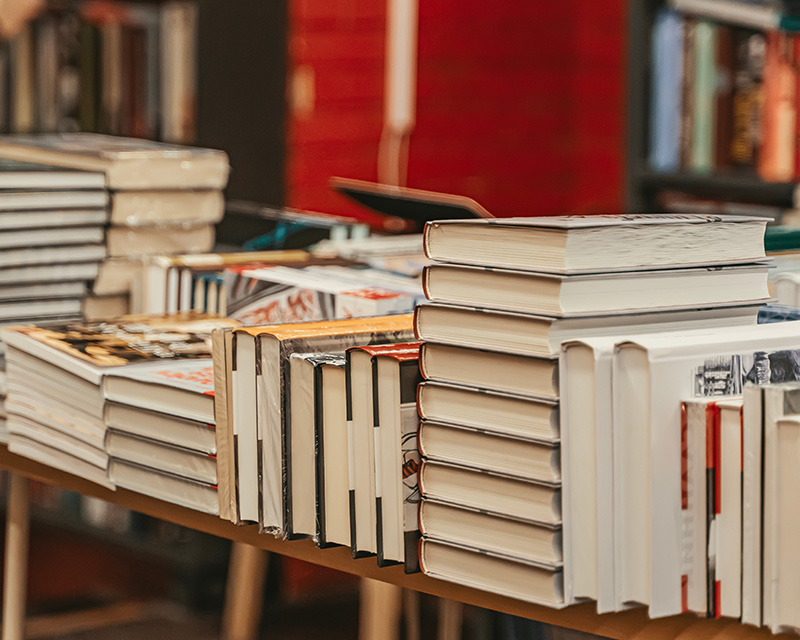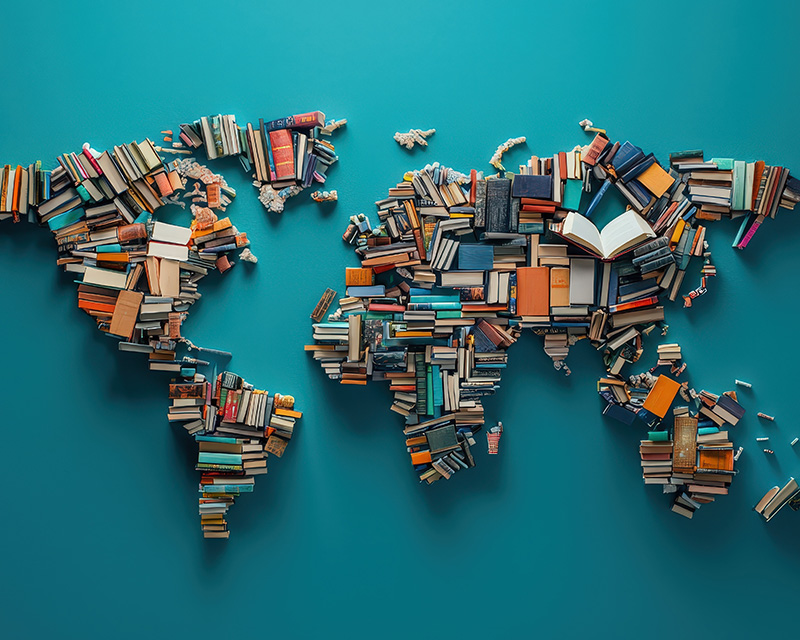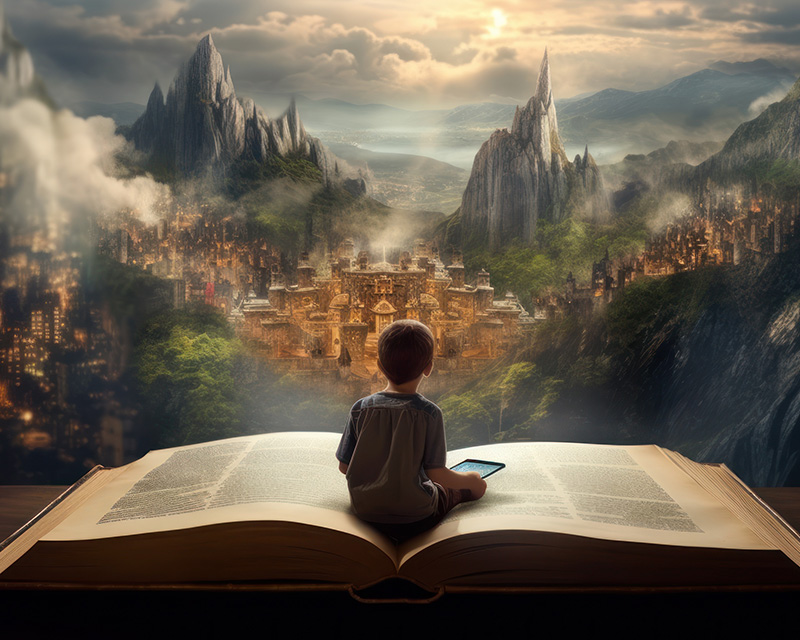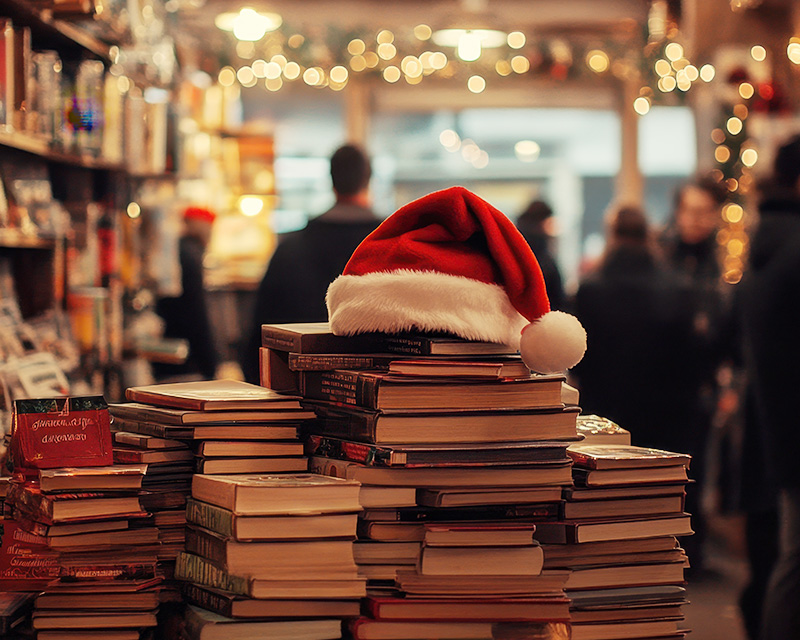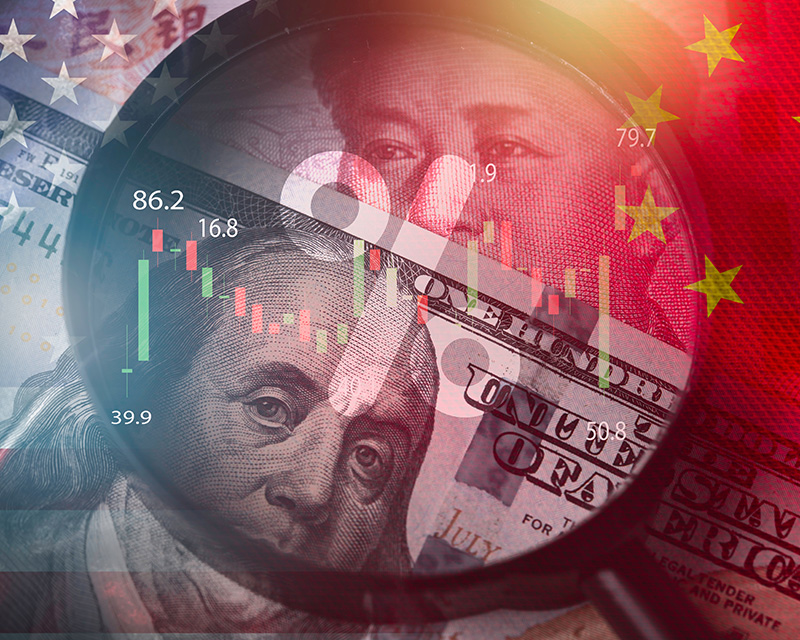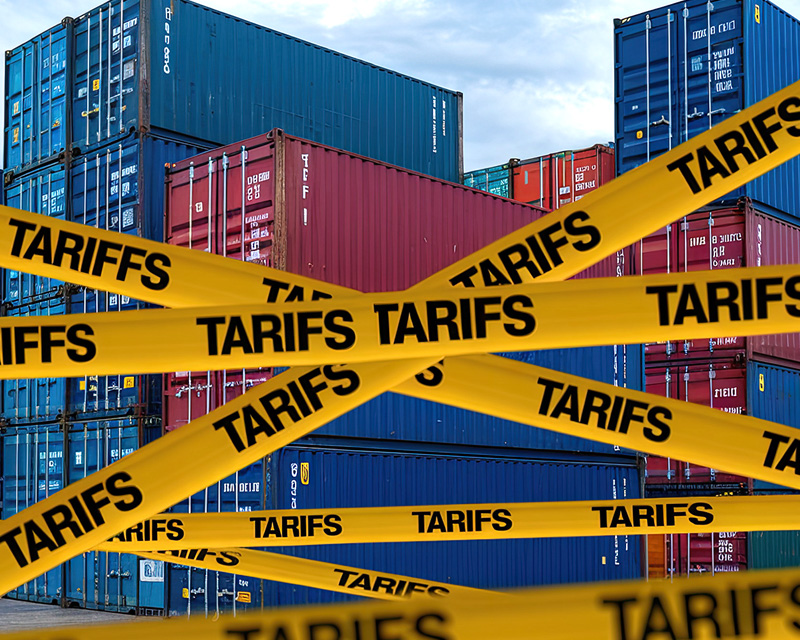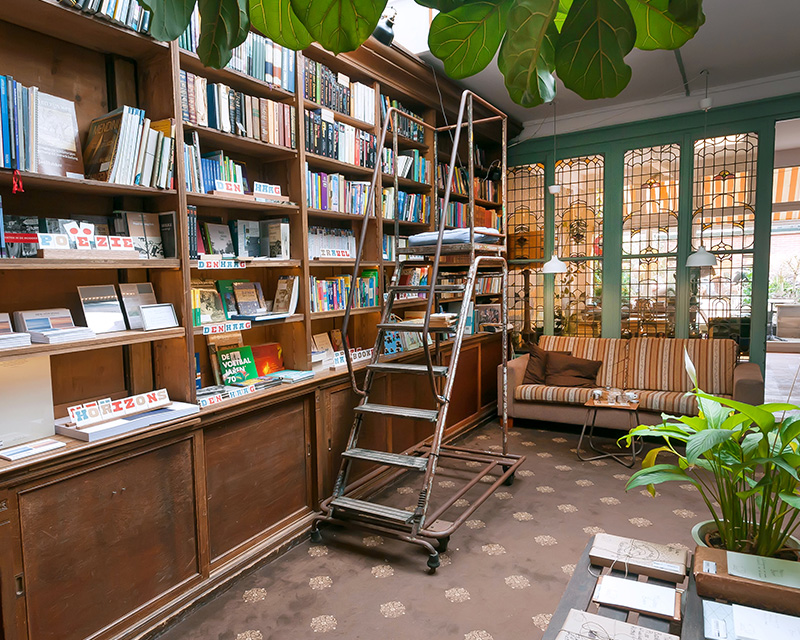The Tariff Timeline
Over the past few years, tariff talk has sparked anxiety across many industries—including publishing. With the U.S. and China in an ongoing trade standoff, book publishers and wholesalers have closely monitored the potential for tariffs on printed books.
So far, the publishing world has caught a break. Printed books have largely been spared from tariffs, thanks in part to the efforts of industry organizations like the Association of American Publishers (AAP) and the American Booksellers Association (ABA), which have advocated for the cultural and educational value of books.
Why Tariffs on Books Matter
Books may not be as politically charged as tech or steel, but they represent a massive global industry. A significant portion of printed books—particularly illustrated titles, children’s books, art books, and special editions—are manufactured in China due to cost efficiency and technical expertise.
If books were hit with a tariff (say, 10% to 25%), the impact could include:
Increased production costs
Higher retail prices for consumers
Delays in new title releases
Reduced margins for publishers, retailers, and wholesalers
Financial strain on small publishers and indie booksellers
In other words, a tariff on books would be a tax on knowledge, culture, and literacy.
The Current Outlook
As of now, printed books remain exempt. However, the situation remains fluid, especially as trade policies evolve with each administration. While the publishing industry has so far avoided direct tariffs, the pressure to decouple supply chains or diversify sourcing remains strong.
Publishers and wholesalers are now re-evaluating printing strategies and supplier relationships to hedge against future uncertainty.
Bookazine’s Perspective
At Bookazine, we are committed to supporting access to affordable, high-quality books. We applaud the current decision to keep books tariff-free and will continue advocating for fair trade policies that prioritize education, culture, and reader access.




